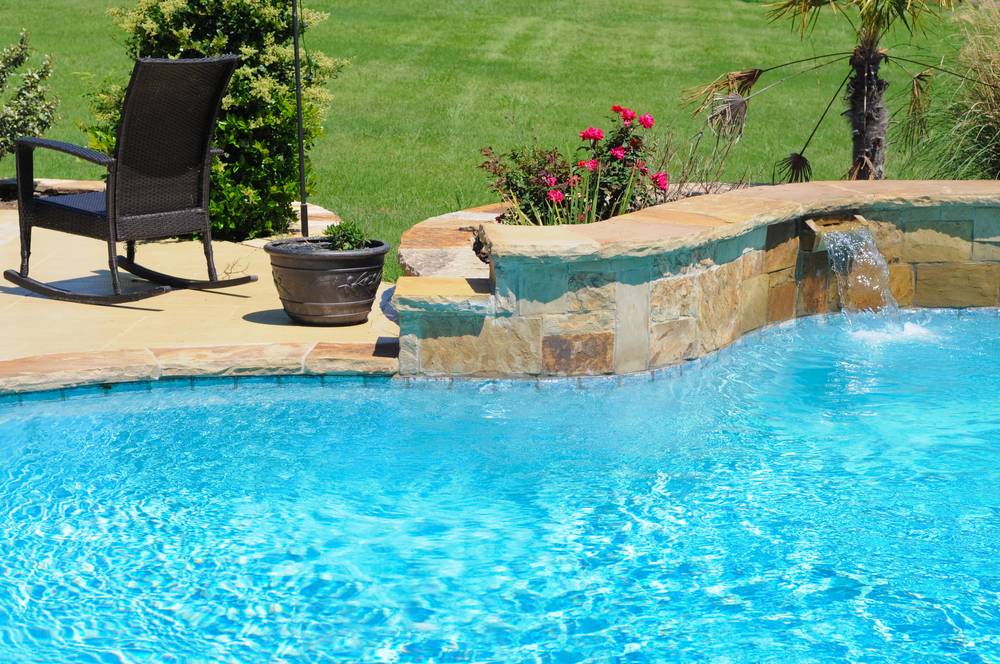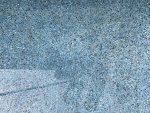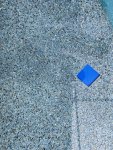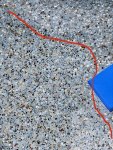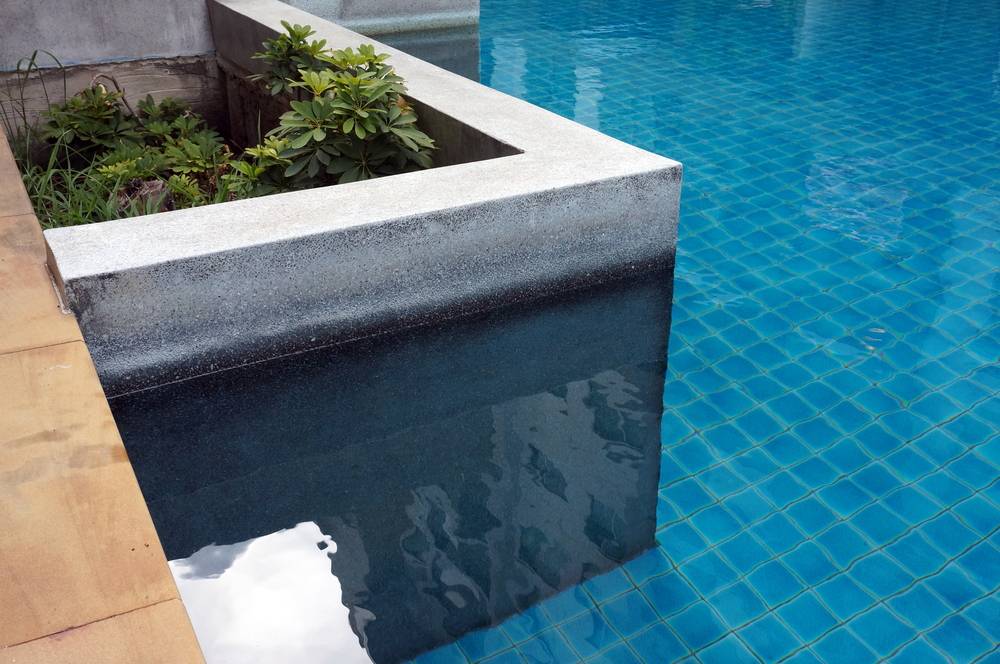Pool was open May, 2019. Finish is Stonescapes ,small pebbles. Have places that have become lighter in color where the pebbles seem to be diapering or looking smaller from what I was told is calcium build up. Water has always been about 300 to 370 on the hardness level. Water from hose is reading 100 ppm on hardness scale. It is a 20K gallon pool, salt. How do I fix the water and how do I fix the palm sized or smaller spots that are on the surface…..I can live with the pool as is but don't want it to get worse….
thanks, Doug
thanks, Doug


